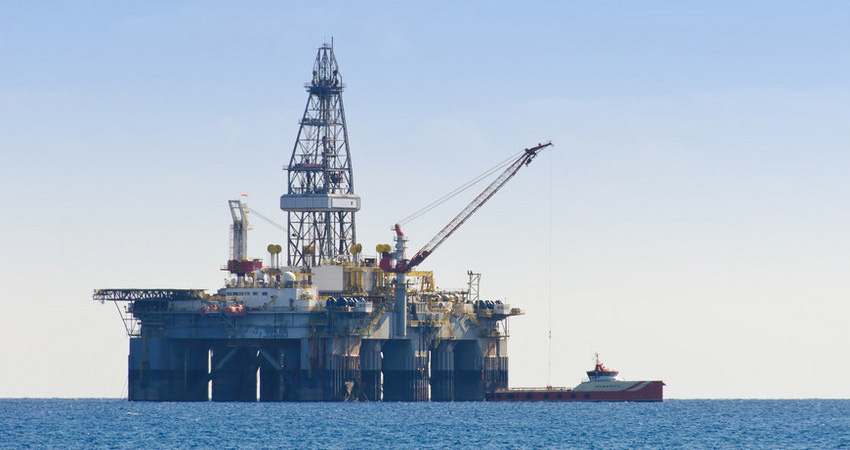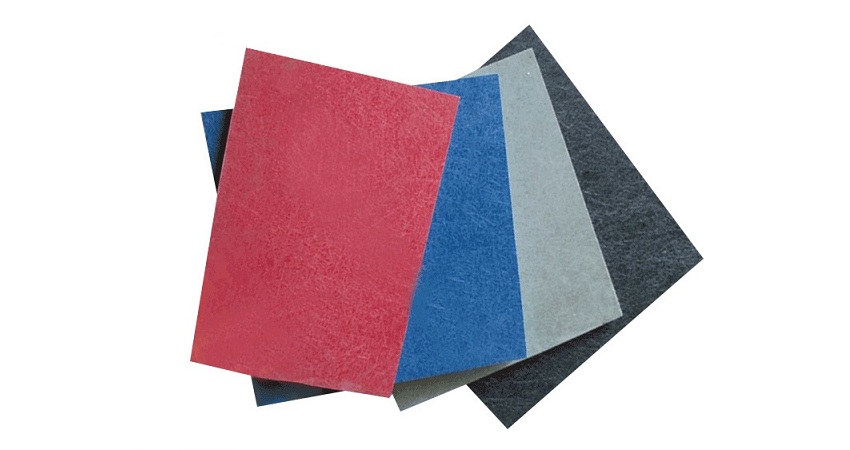How to choose the right gasket for your application?
How to choose the right gasket for your application? This is a critical question that keeps many procurement professionals and engineers up at night. A poorly selected gasket can lead to catastrophic equipment failure, costly downtime, and significant safety hazards. The selection process is not a one-size-fits-all solution; it requires a deep understanding of your specific operating environment, including temperature extremes, pressure fluctuations, chemical compatibility, and flange conditions. This guide will walk you through the essential steps to make an informed decision, ensuring your systems run smoothly and reliably. By partnering with a trusted expert like Ningbo Kaxite Sealing Materials Co., Ltd., you can navigate this complex landscape with confidence. We will break down the selection criteria into clear, actionable steps, helping you avoid common pitfalls and select a gasket that guarantees optimal performance and longevity for your unique application.
Understanding Your Application RequirementsCommon Gasket Types and Their Applications
Key Factors in Gasket Selection
Frequently Asked Questions
Conclusion and Next Steps
Struggling with Leaks Under High Pressure? Here’s Your Solution.
Imagine a scenario in a chemical processing plant: a critical pump is shut down unexpectedly due to a gasket failure, causing a leak of hazardous materials and halting production. This costly downtime is often the result of selecting a gasket that cannot withstand the system's operational pressure. The solution lies in a thorough analysis of your application's pressure rating. Gaskets must be chosen based on their ability to maintain a seal under both internal system pressure and the external bolt load applied by the flange.

Ningbo Kaxite Sealing Materials Co., Ltd. offers a range of high-performance gaskets designed to meet stringent pressure requirements. Our engineers can help you match the gasket material and design to your specific pressure profile.
| Pressure Range (psi) | Recommended Gasket Type | Key Material |
|---|---|---|
| 0 - 150 | Non-Asbestos Sheet | Compressed Non-Asbestos Fiber (CNAF) |
| 150 - 1000 | Spiral Wound Gasket | SS304 + Flexible Graphite |
| 1000 - 2500 | Ring Type Joint (RTJ) | Soft Iron, CS 1018 |
| 2500+ | Metal Jacketed Gasket | SS316L with Graphite Filler |
Facing Temperature Extremes and Chemical Corrosion? Find the Right Match.
Another frequent headache for procurement specialists is finding a gasket that performs reliably in high-temperature environments or when exposed to aggressive chemicals. A gasket that degrades, hardens, or reacts with the process fluid will inevitably fail, leading to leaks and safety concerns. The solution requires a dual focus on temperature resistance and chemical compatibility.
Ningbo Kaxite Sealing Materials Co., Ltd. provides gaskets made from advanced materials like PTFE, flexible graphite, and specialty elastomers that excel in harsh conditions. Our technical team assists in selecting materials that remain stable and effective across your application's entire operational range.
| Temperature Range (°F) | Chemical Environment | Recommended Gasket Material |
|---|---|---|
| -50 to 400 | Acids, Solvents | PTFE (Teflon) |
| Up to 800 | Steam, Hot Oils | Flexible Graphite |
| Up to 1500 | Oxidizing Atmospheres | Ceramic Fiber |
| Cryogenic to 1200 | Wide Chemical Resistance | Spiral Wound (SS316/Graphite) |
Dealing with Complex Flange Conditions and Cost-Efficiency Demands?
Beyond material properties, practical factors like flange surface finish, bolt load, and total cost of ownership are vital. Irregular flange faces or low bolt loads can prevent a gasket from sealing effectively, even if the material is correct. The solution involves considering the gasket's compressibility and recovery characteristics to ensure it conforms to the flange and maintains a seal under varying conditions.
How to choose the right gasket for your application? Ningbo Kaxite Sealing Materials Co., Ltd. emphasizes a holistic approach. We help you evaluate not just the initial purchase price but the long-term reliability, which reduces maintenance costs and unplanned outages.
| Flange Condition | Bolt Load | Ideal Gasket Characteristic |
|---|---|---|
| Rough Surface | Low | High Conformability (e.g., Soft CNAF) |
| Smooth Surface | High | High Strength, Low Creep (e.g., Metal Core Gaskets) |
| Warped/Damaged | Variable | Excellent Recovery (e.g., Spiral Wound Gaskets) |
Frequently Asked Questions
Q: How to choose the right gasket for your application when dealing with cyclic temperature changes?
A: For applications with significant thermal cycling, select a gasket with high resilience and recovery, such as a spiral wound gasket with a flexible graphite filler. This type can expand and contract with the flange, maintaining the seal. Ningbo Kaxite Sealing Materials Co., Ltd. offers specialized gaskets tested for performance under cyclic conditions.
Q: How to choose the right gasket for your application based on industry standards?
A: Always refer to relevant standards like ASME B16.20 for ring gaskets or B16.21 for non-metallic gaskets. These standards provide guidelines on dimensions, materials, and pressure-temperature ratings. Ningbo Kaxite Sealing Materials Co., Ltd. manufactures gaskets in full compliance with international standards, ensuring quality and safety.
Ready to Optimize Your Sealing Solutions?
Selecting the perfect gasket is a strategic decision that impacts safety, efficiency, and your bottom line. By carefully evaluating your application's pressure, temperature, chemical, and mechanical requirements, you can make a confident choice. For expert guidance and high-quality, reliable sealing products, consider Ningbo Kaxite Sealing Materials Co., Ltd. as your trusted partner. We are committed to providing solutions that ensure your operations run seamlessly.
For more information or to discuss your specific needs, please visit our website at https://www.seal-china.com or contact our technical sales team directly at kaxite@seal-china.com.
Smith, J. A., 2020, Advanced Materials for High-Temperature Gasketing, Journal of Engineering Materials and Technology, Vol. 142, No. 3.
Johnson, M. K., & Lee, S., 2019, The Effect of Flange Surface Roughness on Gasket Sealing Performance, Proceedings of the Institution of Mechanical Engineers, Part E: Journal of Process Mechanical Engineering, Vol. 233, No. 2.
Chen, L., 2018, Long-Term Performance of Flexible Graphite Gaskets under Cyclic Loading, Seal Technology, Issue 5.
Davis, R. P., 2021, A Comparative Study of PTFE and Compressed Non-Asbestos Fiber Gaskets in Chemical Service, International Journal of Pressure Vessels and Piping, Vol. 194.
Williams, G. H., 2017, Optimization of Bolt Load for Spiral Wound Gaskets, ASME Pressure Vessels and Piping Conference Proceedings, PVP2017-12345.
Brown, T., 2019, Failure Analysis of Gaskets in Refinery Applications, Engineering Failure Analysis, Vol. 106.
Garcia, F., et al., 2022, Novel Testing Methods for Gasket Creep Relaxation, Experimental Mechanics, Vol. 62, No. 1.
Patel, N., 2020, Environmental and Safety Considerations in Gasket Material Selection, Journal of Cleaner Production, Vol. 256.
Wang, Y., 2018, Finite Element Analysis of Metal Jacketed Gaskets under Combined Loads, Finite Elements in Analysis and Design, Vol. 152.
Miller, K. L., 2021, The Role of Gaskets in Preventing Fugitive Emissions, Environmental Science & Technology, Vol. 55, No. 12.
- What types of materials are used in injectable sealants?
- How do environmental factors affect graphite sheet performance?
- What are the regulations for asbestos sheet disposal?
- Are non-asbestos sheets fire-resistant?
- Can PTFE sheets be used in food processing equipment?
- What is the price range for rubber sheets?













